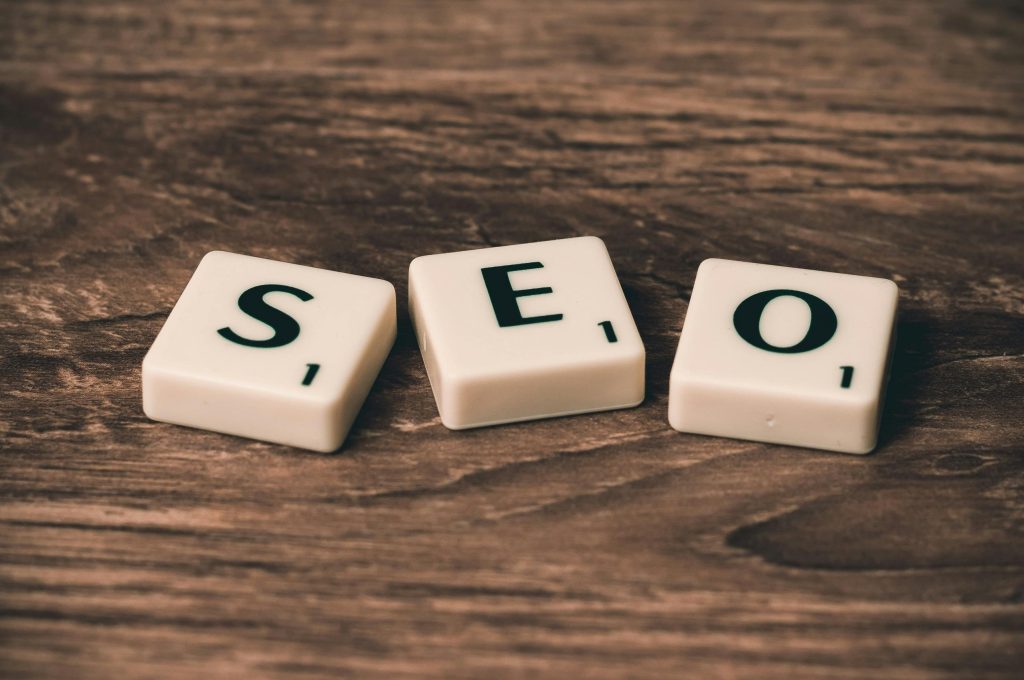Introduction
Search engine optimisation (SEO) is constantly evolving—but the fundamentals of on-page SEO remain crucial for visibility, rankings, and user experience. In 2025, Google’s algorithm continues to favour websites that are fast, relevant, structured, and user-friendly.

Whether you’re managing a business site, blog, or ecommerce store, knowing which on-page elements carry the most weight can give you a competitive edge. In this article, we break down the most important on-page SEO factors for 2025, based on Google’s latest search priorities and user experience standards.
1. Content Quality and Relevance
High-quality, relevant content remains the cornerstone of on-page SEO.
What Google looks for:
- Original, informative content that satisfies search intent
- Clear topic focus, supported by depth and detail
- Structured formatting (headings, bullets, tables) for readability
- Up-to-date information and data-backed insights
Best practice:
Use tools like Google Search Console or tools with NLP analysis to identify topic gaps, and regularly refresh older content to maintain accuracy and relevance.
2. Search Intent Alignment
In 2025, Google’s algorithms are even better at interpreting search intent. Your content must match not just keywords—but the reason behind the search.
Types of intent:
- Informational: “How to fix a leaky tap”
- Navigational: “Growly SEO platform”
- Transactional: “Buy ergonomic office chair”
Action step:
Map each page to a clear user intent and tailor the format accordingly (e.g., how-to guides for informational searches, product pages for transactional intent).
3. Title Tags and Meta Descriptions
Title tags remain a critical ranking factor—and your first impression in search results.

Optimise your titles:
- Include the target keyword near the beginning
- Keep under 60 characters
- Make it descriptive and clickable
Meta descriptions don’t directly affect rankings, but they influence click-through rates.
- Keep under 160 characters
- Summarise the value of the page
- Include a call to action where appropriate
4. Header Structure (H1–H6)
Proper use of headings improves both SEO and accessibility. Google uses header tags to understand page structure and topic hierarchy.
Guidelines:
- Use one H1 per page (usually the title)
- Use H2s for main sections and H3s+ for subpoints
- Incorporate secondary keywords and natural language
- Avoid skipping heading levels or overusing keywords
Clear, logical headers improve scannability and help search engines index content more effectively.
5. Page Experience and Core Web Vitals
Google continues to prioritise user experience through its Core Web Vitals:

Key metrics:
- Largest Contentful Paint (LCP): How fast the main content loads
- First Input Delay (FID): How responsive the page is
- Cumulative Layout Shift (CLS): How stable the layout is as it loads
These impact both ranking and bounce rate.
Optimisation tips:
- Use lightweight images and modern formats (WebP)
- Minimise JavaScript bloat
- Optimise server response time
- Use a fast, responsive hosting provider or CDN
6. Internal Linking and Site Structure
Internal linking helps Google discover new pages and understand site hierarchy.
Best practices:
- Use descriptive anchor text (avoid “click here”)
- Link related blog posts or product categories
- Ensure every important page is no more than 3 clicks from the homepage
- Create pillar pages and cluster content for improved topical authority
A well-structured site helps users and search engines navigate efficiently.
7. Image Optimisation
Images enhance user experience—but only when properly optimised.
Key SEO practices:
- Use descriptive file names (e.g., standing-desk-benefits.jpg)
- Include alt text for accessibility and context
- Compress images for faster loading
- Implement lazy loading for performance
- Use schema markup (ImageObject) when relevant
Google Image Search can drive meaningful traffic, so visuals should be part of your SEO strategy.
8. Schema Markup and Structured Data
Schema markup helps Google better understand your content and display rich results (e.g., reviews, FAQs, products).

Common schema types:
- Article
- Product
- FAQPage
- LocalBusiness
- BreadcrumbList
Use Google’s Rich Results Test to validate your structured data.
9. URL Structure and Readability
Clean, descriptive URLs are easier to index, share, and understand.
Optimise your URLs:
- Use lowercase letters
- Include primary keywords (but avoid stuffing)
- Use hyphens to separate words
- Keep them short and meaningful
Example:
Good: example.com/seo-best-practices
Avoid: example.com/12345?id=seo-article-xyz
10. Mobile-Friendliness
Google continues to index mobile-first, meaning your mobile site is the primary version it considers for ranking.
Mobile optimisation essentials:
- Use responsive design
- Avoid intrusive interstitials
- Ensure buttons and menus are touch-friendly
- Test mobile usability in Google Search Console
Your site should be just as fast and functional on a phone as it is on a desktop.
Conclusion
In 2025, Google’s approach to on-page SEO remains focused on relevance, structure, performance, and experience. By investing in content quality, aligning with search intent, and optimising technical elements like speed and structure, you can create web pages that rank well and serve users effectively.

SEO success comes from consistent attention to detail. At Growly, we help digital teams optimise every element of their site for long-term visibility and performance.








